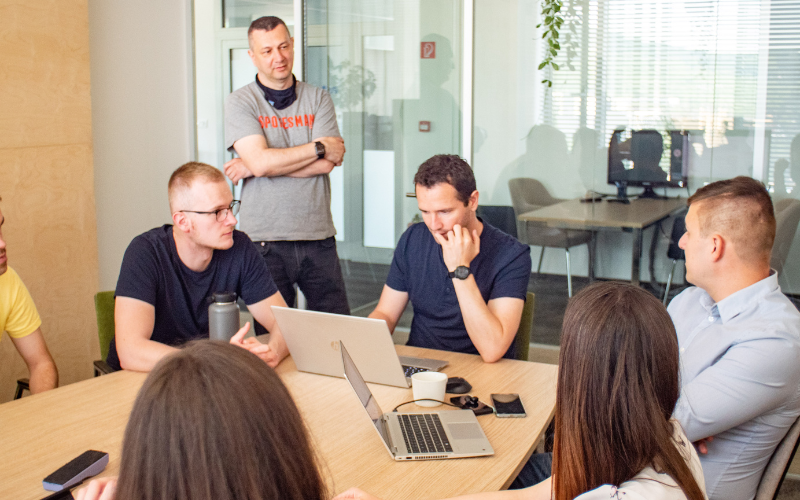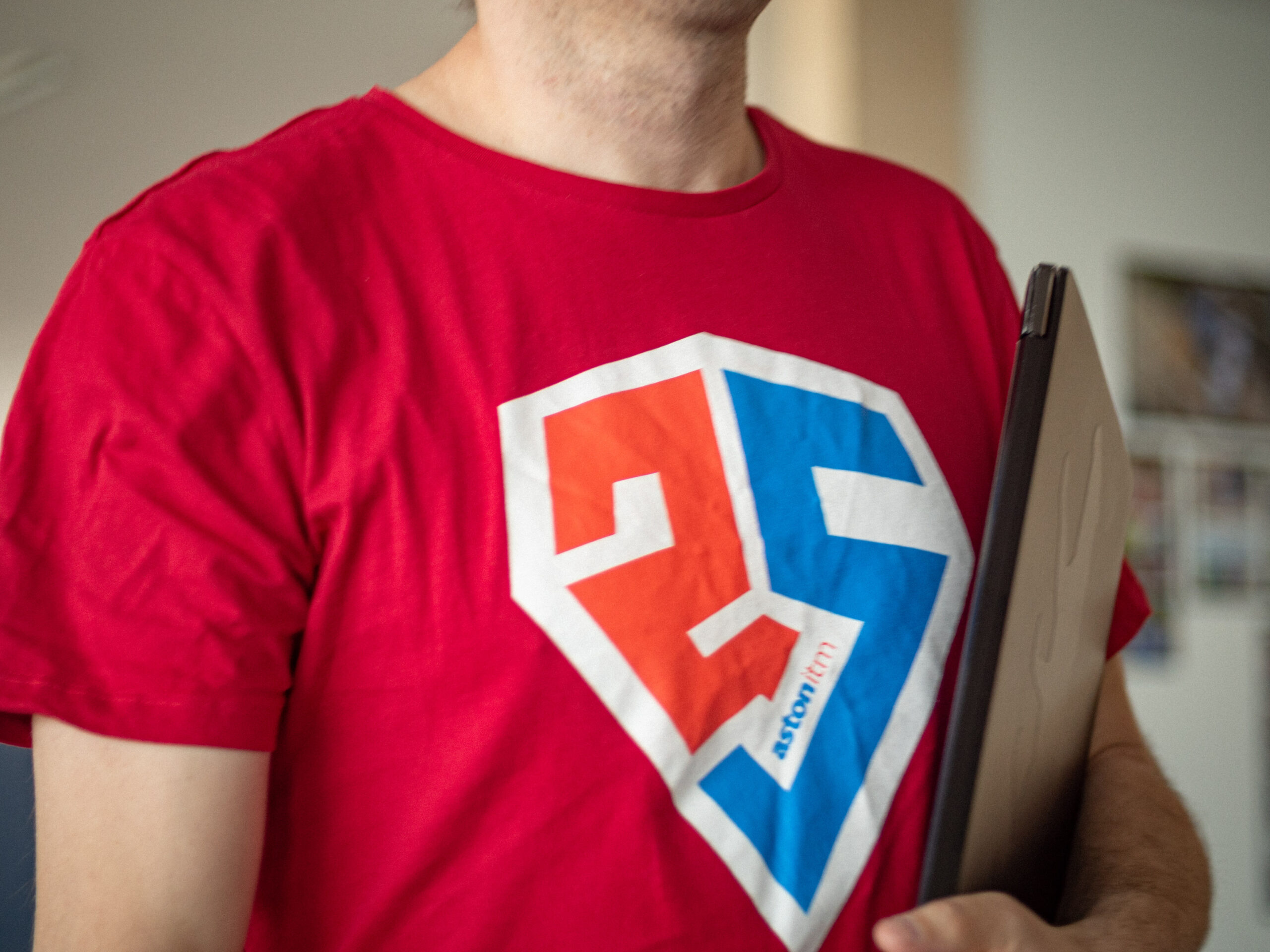People at Systemair were looking for a way to reduce errors in the manufacturing process, and also attracted to the idea that artificial intelligence could help them do this. Starting with proof of concept, we helped to solve this problem.
Problem
Systemair struggled with inconsistent quality of aluminium frame joints. This was most likely due to operator inattention, despite the use of visual inspection equipment.
What we did
We enhanced the consistency of aluminum frame joint quality using artificial intelligence for visual inspection with alerts.
Our approach
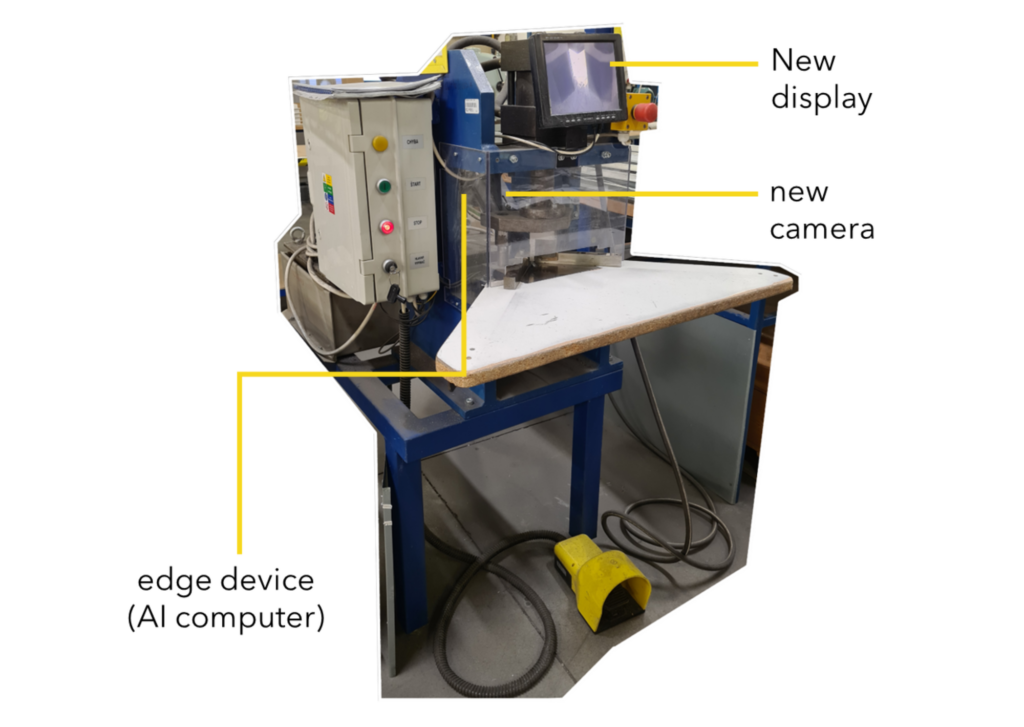
Equipping the machine with an edge device that runs a neural network model that alerts the operator to mispositioned product parts, preventing errors.
Our method uses camera and deep learning algorithms to detect and classify misconnected aluminum frames (with gaps, sharp edges, etc.). The captured video is processed by an edge computing device connected to the camera and display.
Process
Data collection
We use high-resolution camera
to capture images of aluminum frame joints.
ML Model development
Develop a machine learning model for classifying the quality of aluminum frame joints.
Integration, real-time control
Integrate the ML model
into a system for real-time monitoring and control.
Use case
Identify cracks in aluminium joints
The display shows an assessment of whether the aluminium profiles are properly attached.
The interface allows the operator to use the buttons to collect data for further training.
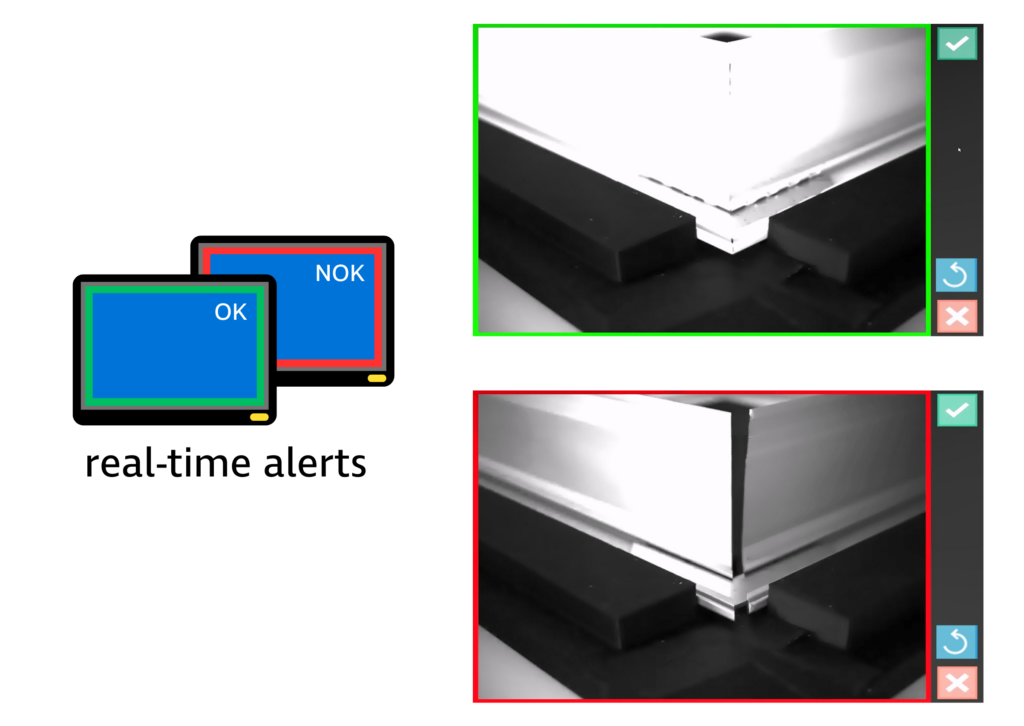
Our method uses camera and deep learning algorithms to detect and classify misconnected aluminium frames. The captured video is processed by an edge computing device connected to the camera and display.
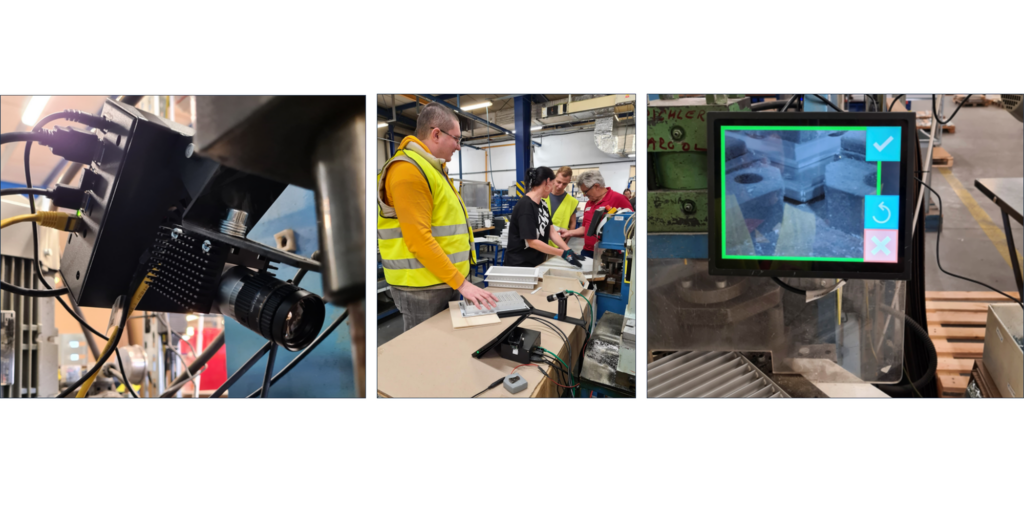
The machine is now equipped with an edge device that runs a neural network model that alerts the operator if the product parts are not positioned properly.
Result
Automating visual inspection with real-time monitoring improves quality control, reduces manual effort, enhance accuracy, skill development, and productivity, ensuring only high-quality products pass inspection.
At Systemair, we were looking for a way to reduce errors in the manufacturing process, and we were also attracted to the idea that artificial intelligence could help us do this.
Maros Chlebo, Managing director, Systemair
The team at Aston ITM worked very closely with our team and within a few weeks they had a working solution. I really appreciated that they tried it out in their own test environment first, without having to make any adjustments directly in the factory.
It was also an advantage that they chose the right hardware to go with the software, which met all the requirements for use in production.
At the end of the project, we also received reports to evaluate the quality of production. This will allow us to better measure the results.
The proof of concept was successful and we are now considering applications for this solution in other phases of production.





